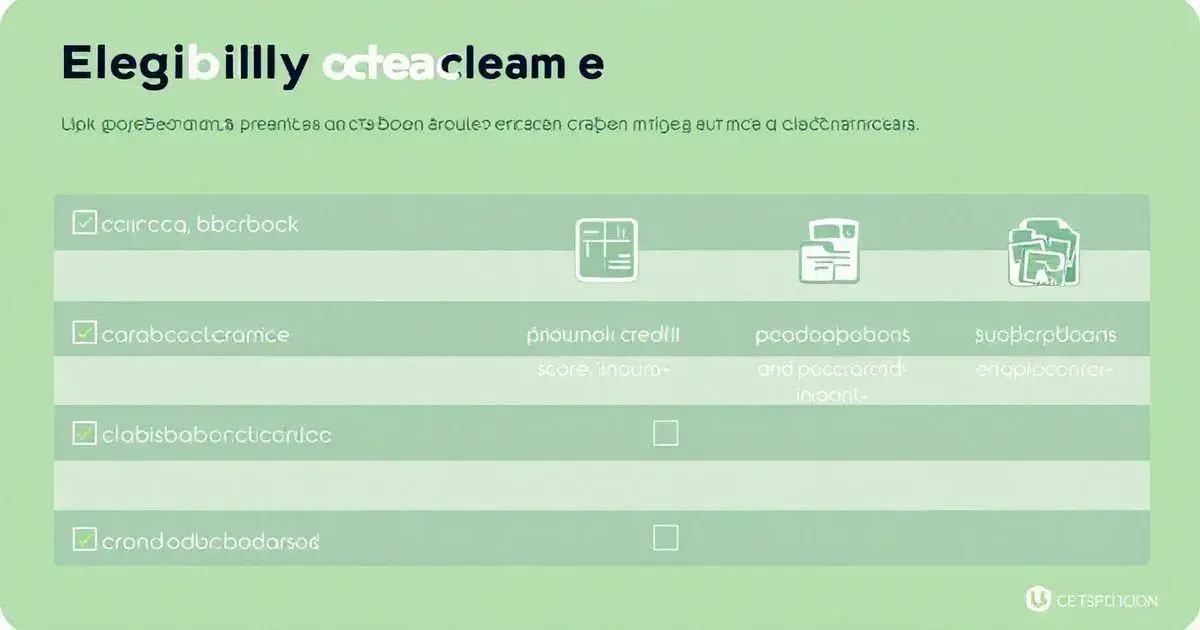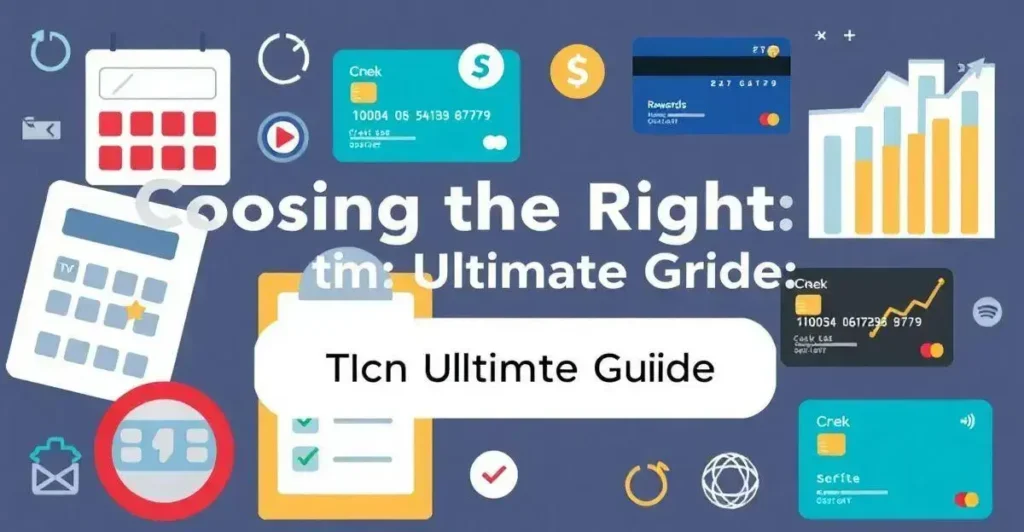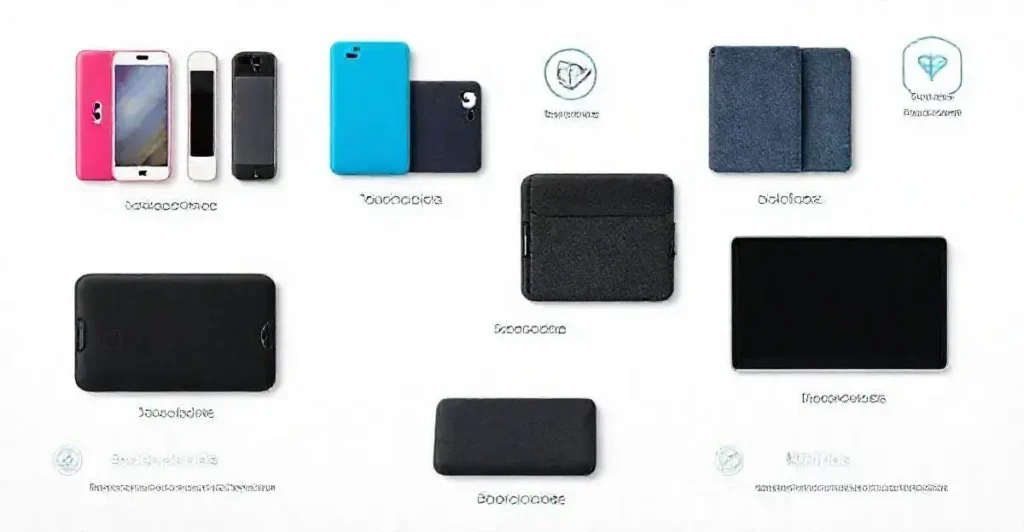Credit cards with clear credit are great for building a strong credit history. They offer lower interest rates and rewards. Managing these cards well can lead to financial benefits.
Before applying, check your credit score. Clear credit cards often have lower rates and better rewards. Responsible debt management helps improve your chances of approval.
Ready to apply? Keep reading to find out the best cards and how to increase your approval chances.
What Are Credit Cards with Clear Credit?
Credit cards with clear credit are specialized financial products designed for consumers with transparent and healthy credit histories. These cards provide users with benefits such as lower interest rates and enhanced reward programs. Having a clear credit history means you have consistently paid your bills on time and maintained a low credit utilization ratio, which indicates to lenders that you are a responsible borrower.
How They Work
These credit cards typically offer various features that cater to consumers looking to enhance their financial stability. When you apply for a card with clear credit, issuers evaluate your creditworthiness based on your credit score and history. If approved, you gain access to credit that can be used for purchases, with the expectation that you will pay it back within the agreed timeframe.
Importance of Clear Credit
Having clear credit opens up opportunities for better credit card options, potential loans with favorable terms, and the ability to negotiate lower rates on existing debts. It builds a solid foundation for future financial dealings, making you a more attractive candidate to lenders.
Eligibility Requirements for Clear Credit Cards

Eligibility requirements for clear credit cards often vary by issuer, but there are common standards you should meet. First and foremost is your credit score. Most clear credit cards require a score of at least 700. This indicates that you have a solid credit history and are a reliable borrower.
- Credit History: Beyond the score, issuers will look at your credit history. A clean record with no late payments, bankruptcies, or collections significantly boosts your chances. Consistent on-time payments over several years show lenders that you can manage credit responsibly.
- Income Requirements: Another key factor is your income. Lenders want to ensure you have enough earnings to repay any credit you may use. Providing documentation like pay stubs or tax returns can help demonstrate your financial stability.
- Employment Status: Your employment status is also critical. Being gainfully employed full-time or having a steady source of income positively impacts your application. If you’re self-employed, be ready to present evidence of consistent earnings.
- Debt-to-Income Ratio: The debt-to-income ratio is another important metric. It measures how much of your income goes toward debt payments. A lower ratio, ideally below 30%, shows that you are not over-leveraged and can handle more credit.
- Residency Status: Lastly, your residency status can affect eligibility as many credit cards require applicants to be U.S. citizens or permanent residents. Make sure you meet this criterion before applying.
Benefits of Having Clear Credit Cards
The benefits of having clear credit cards are significant for anyone looking to manage their finances better. These cards not only help in establishing a robust credit history but also offer various advantages that can enhance your financial well-being.
- Lower Interest Rates: One of the primary advantages is lower interest rates. With a clear credit history, you are more likely to qualify for cards that charge less interest on balances. This can save you a substantial amount of money when carrying a balance.
- Higher Credit Limits: Clear credit cards often come with higher credit limits. This allows for more spending flexibility, whether you’re making purchases or reserving a hotel room. Higher limits can also improve your credit utilization ratio, positively impacting your credit score.
- Rewards and Benefits: Many clear credit cards offer rewards programs, allowing you to earn points, cash back, or travel perks on your purchases. This means that every dollar you spend can lead to additional benefits.
- Enhanced Security Features: Clear credit cards often include enhanced security features, such as fraud alerts and zero liability policies. These measures can protect you from unauthorized charges, giving you peace of mind when using your card.
- Better Opportunities for Loans: Having a clear credit card can also open doors to better loan options. When you need a personal loan, mortgage, or auto loan, your clear credit history can help you secure favorable terms and rates.
- Building a Stronger Credit Profile: Using clear credit cards responsibly contributes to building a stronger credit profile. Making on-time payments can help your score increase over time, making you a more attractive borrower in the future.
Top Clear Credit Card Options Available
When it comes to choosing clear credit cards, several options stand out in the market. Here are some of the top clear credit card options available:
- Chase Freedom Unlimited®: This card offers unlimited 1.5% cash back on every purchase. New cardholders can earn a sign-up bonus if they meet the spending requirement within the first three months. With no annual fee, it’s a great choice for those seeking clear credit while earning rewards.
- Discover it® Cash Back: With this card, you can earn 5% cash back in rotating categories each quarter and 1% on all other purchases. Plus, Discover matches all cash back earned in the first year for new customers. This card also has no annual fee, making it ideal for clear credit users.
- American Express Cash Magnet® Card: This card provides unlimited 1.5% cash back on eligible purchases, with no annual fee. It’s an excellent option for those who prefer a straightforward rewards program without the hassle of rotating categories.
- Capital One QuicksilverOne Cash Rewards Credit Card: The QuicksilverOne card offers 1.5% cash back on every purchase. While there is an annual fee, it may be justified for those looking for a simple way to earn cash back with clear credit.
- Citi Double Cash Card: This card allows you to earn 2% cash back—1% when you buy and an additional 1% as you pay for those purchases. With no annual fee, it’s an excellent choice for clear credit holders looking to maximize rewards.
- Wells Fargo Active Cash® Card: This card offers unlimited 2% cash rewards on purchases, with no annual fee. Additionally, new cardholders can earn a welcome offer if they meet the spending requirement in the first three months.
- Bank of America® Cash Rewards Credit Card:With this card, you can earn 3% cash back on your choice of categories, 2% at grocery stores, and 1% on all other purchases. There is no annual fee, making it ideal for clear credit card users aiming to earn rewards.
How to Apply for Clear Credit Cards
Applying for clear credit cards can be straightforward if you follow the right steps. Here are the essential steps to guide you through the application process:
1. Check Your Credit Score: Before applying, check your credit score to ensure it meets the card issuer’s requirements. Generally, a score of 700 or higher is favorable.
2. Research Card Options: Look into different clear credit card options available in the market. Compare benefits, fees, and reward programs to find the best fit for your financial situation.
3. Gather Necessary Documents: Prepare the documents you will need for the application. Commonly required items include proof of income, identification, and possibly your Social Security number.
4. Complete the Online Application: Many credit card applications can be completed online. Visit the card issuer’s website, fill out the application form, and provide the requested information accurately.
5. Review Application Details: Before submitting, review all the details in your application to ensure they are correct. Mistakes may lead to delays or denials.
6. Submit Your Application: Once you’re satisfied with your application, submit it. Most issuers will provide an instant decision, while others may take a few days.
7. Wait for Approval: If approved, you will receive your credit card in the mail, typically within 7-10 business days. If denied, you should receive a letter explaining the reasons for the denial.
8. Activate Your Card: Once you receive your card, follow the instructions to activate it. After activation, you can start making purchases and enjoying the benefits of your clear credit card.
Improving Your Credit for Clear Card Eligibility

1. Check Your Credit Report: Start by reviewing your credit report for errors. You can request a free credit report from annualcreditreport.com. Look for inaccuracies and dispute any mistakes you find.
2. Make Payments on Time: Timely payments are one of the most critical factors affecting your credit score. Ensure all your bills, including credit cards, loans, and utilities, are paid on time every month.
3. Reduce Credit Card Balances: Work towards lowering your credit card balances. Aim to keep your credit utilization ratio below 30%. The lower your utilization, the better it reflects on your creditworthiness.
4. Avoid Opening New Accounts: Each time you apply for credit, a hard inquiry is made, which can temporarily decrease your credit score. Limit new credit applications while you are working to improve your score.
5. Keep Old Accounts Open: The length of your credit history matters. Keep old credit cards open, even if you don’t use them often. This helps to increase your average account age, which can positively affect your score.
6. Diversify Your Credit Mix: Having a variety of credit types—such as credit cards, installment loans, and retail accounts—can help improve your score. However, don’t take on debt you can’t manage just to diversify.
7. Set Up Payment Reminders: Consider setting up bill reminders or automatic payments for at least the minimum amount to avoid late payments. This can help you stay on track with your financial obligations.
8. Consider Credit Counseling: If you’re having trouble managing debts or understanding how to improve your credit, seek advice from a credit counseling service. They can provide insights and strategies tailored to your situation.
Once you’ve improved your credit, you’ll be more likely to qualify for credit cards with clear credit that offer better terms and rewards.
Embracing Clear Credit for Financial Freedom
Understanding the importance of credit cards with clear credit is essential for anyone looking to enhance their financial stability. With responsible use, clear credit cards can help build a strong credit profile, offer valuable rewards, and provide greater access to financial opportunities.
By addressing common myths and effectively managing credit card debt, individuals can take control of their finances and achieve their credit goals. Moreover, improving credit scores through practical steps will ensure eligibility for the best credit card options available.
In today’s economy, leveraging the benefits of clear credit can unlock new avenues for financial success, allowing consumers to thrive.


